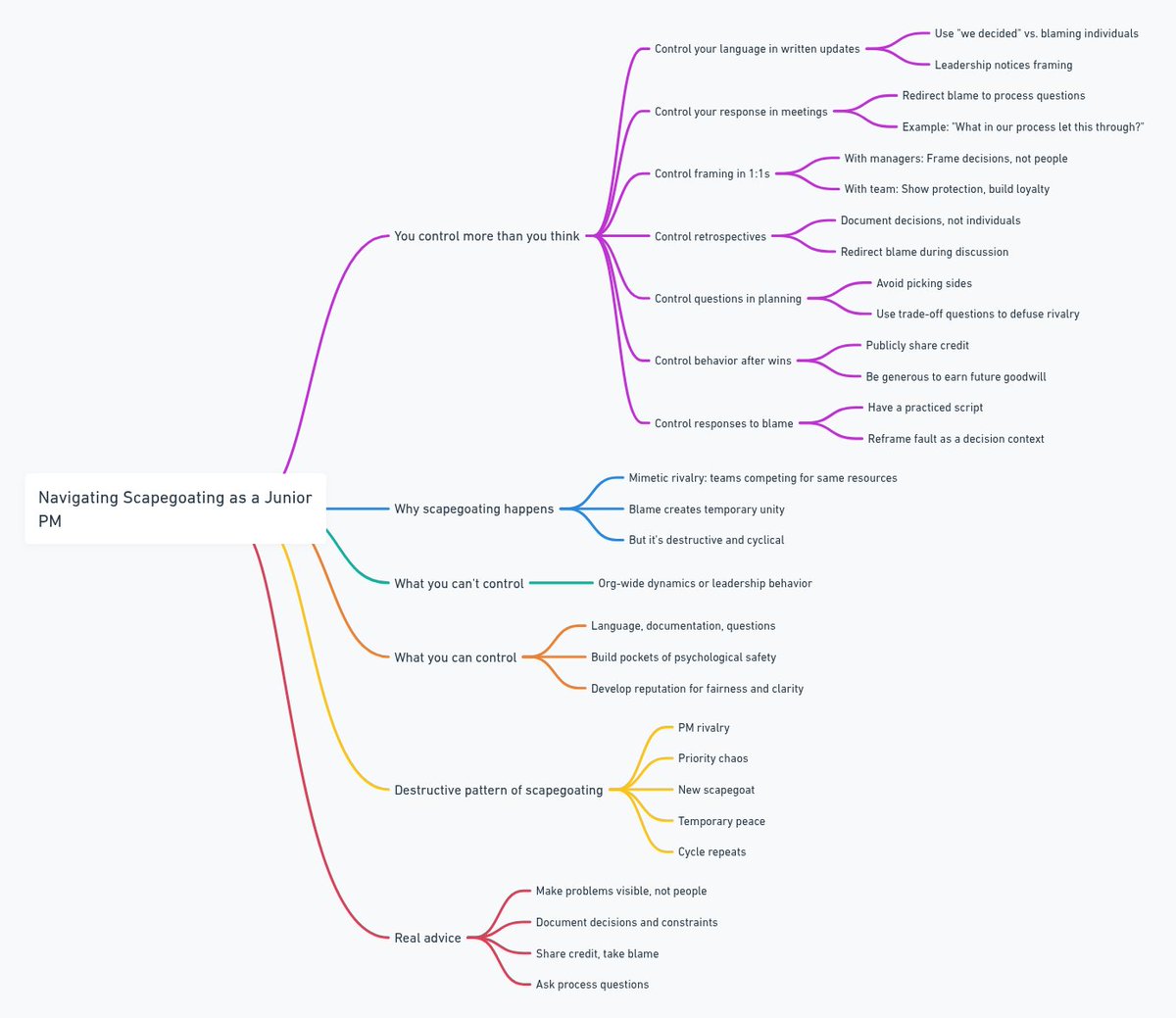
Think like Elite PMs • Daily product management skills with AI • If you want to surprise everyone with your product skills, get this ↓
5 subscribers
How to get URL link on X (Twitter) App


 1/ Sales: The Future-Focused Hunters
1/ Sales: The Future-Focused Hunters
 1. Control your language in written updates
1. Control your language in written updates
 [1/20] First, let's address the elephant: You're probably overwhelmed by fancy frameworks and "thought leadership" posts.
[1/20] First, let's address the elephant: You're probably overwhelmed by fancy frameworks and "thought leadership" posts.